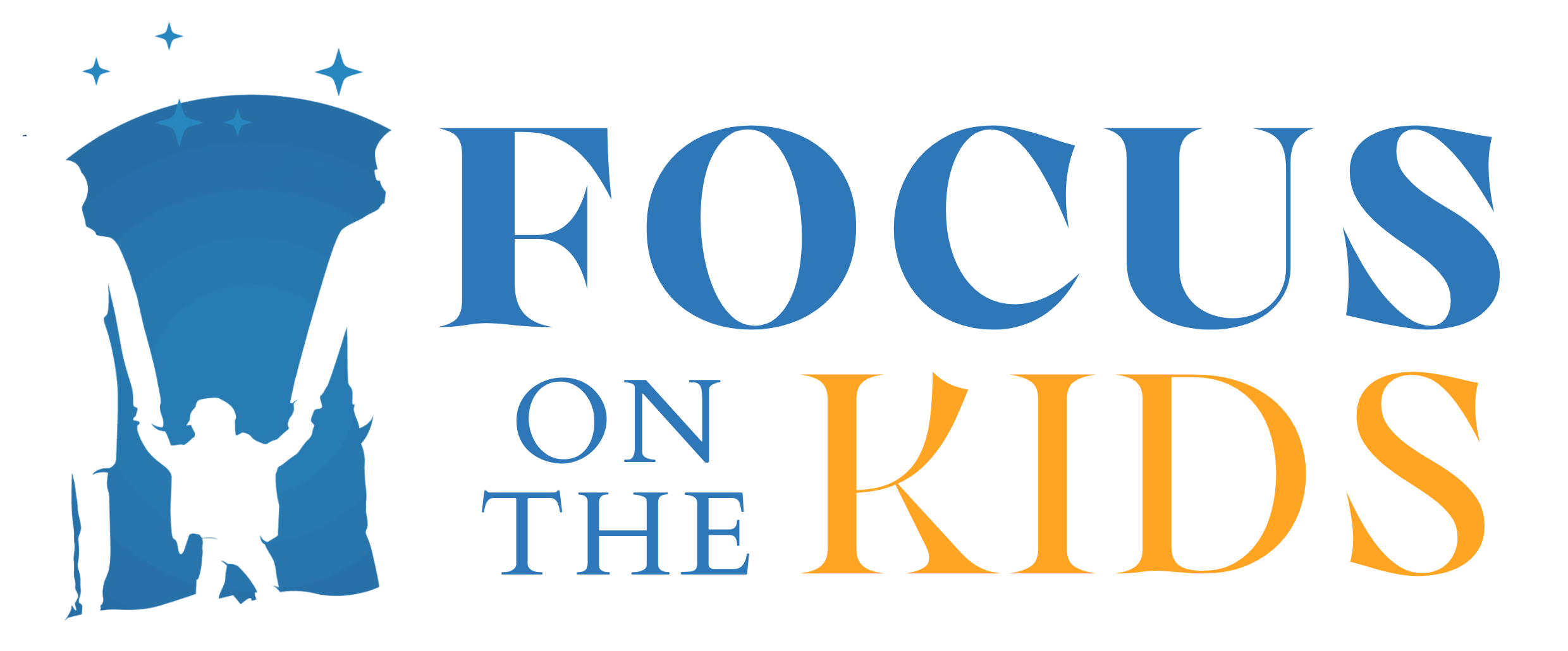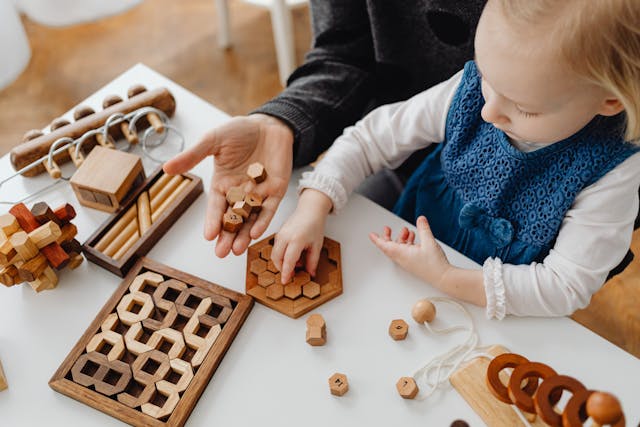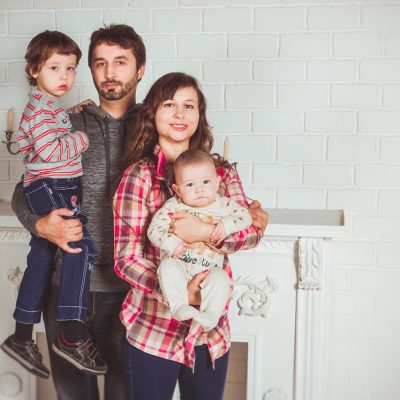Education plays a crucial role in shaping a child’s future, and choosing the right learning environment is one of the most important decisions a parent can make. Two of the most popular educational approaches are Montessori and traditional education. Each method has unique philosophies, teaching styles, and benefits. Understanding the key differences can help you determine which approach is best suited for your child’s needs.
What Is Montessori Education?
Montessori education is a child-centered learning approach developed by Dr. Maria Montessori in the early 1900s. It emphasizes independence, hands-on learning, and self-paced development. Montessori classrooms are designed to encourage exploration and curiosity, allowing children to learn through practical experiences rather than direct instruction.
Key Features of Montessori Education:
- Self-Directed Learning: Children choose activities based on their interests, promoting independence and motivation.
- Mixed-Age Classrooms: Students of different ages learn together, encouraging peer mentorship and social development.
- Hands-On Materials: Montessori classrooms use specially designed educational materials that foster critical thinking and problem-solving.
- Teacher as a Guide: Instead of traditional lecturing, teachers observe and gently guide students through their learning journey.
- Focus on Real-World Skills: Montessori education emphasizes life skills, such as responsibility, time management, and decision-making.
What Is Traditional Education?
Traditional education follows a structured, teacher-led approach that has been the standard for decades. It emphasizes academic achievement through textbooks, lectures, and assessments.
Key Features of Traditional Education:
- Structured Curriculum: Lessons are designed according to a standardized curriculum with specific learning objectives.
- Same-Age Classrooms: Students are grouped by age, following a set schedule and pace.
- Teacher-Led Instruction: Teachers provide direct instruction, guiding students through lessons in a structured way.
- Assessments and Grades: Learning is measured through exams, quizzes, and grades.
- Emphasis on Core Subjects: Subjects such as math, science, language arts, and history form the foundation of traditional education.
Comparing Montessori and Traditional Education
Understanding the key differences between Montessori and traditional education can help parents determine the best fit for their child.
1. Learning Style
- Montessori: Encourages independent learning and exploration.
- Traditional: Focuses on structured, teacher-led instruction.
2. Classroom Environment
- Montessori: Flexible, interactive, and student-driven.
- Traditional: Highly structured with a fixed daily schedule.
3. Pace of Learning
- Montessori: Children learn at their own pace, allowing them to fully understand concepts before moving forward.
- Traditional: All students follow the same timeline, with assessments to gauge progress.
4. Role of the Teacher
- Montessori: Acts as a facilitator, providing gentle guidance and support.
- Traditional: Takes a central role, delivering lectures and structured lessons.
5. Social Development
- Montessori: Mixed-age groups promote collaboration and peer learning.
- Traditional: Same-age classrooms foster friendships within a structured setting.
6. Evaluation and Assessment
- Montessori: Focuses on observational assessments rather than standardized tests.
- Traditional: Uses exams, quizzes, and grades to evaluate progress.
Pros and Cons of Montessori Education
Pros:
- Encourages independence and self-motivation.
- Promotes creativity and critical thinking.
- Fosters a love for learning without the pressure of grades.
- Provides a hands-on, experiential approach to education.
Cons:
- Less emphasis on standardized testing, which may be challenging for children transitioning to traditional schools.
- Fewer Montessori schools available, often with higher tuition costs.
- May not suit children who prefer structured learning environments.
Pros and Cons of Traditional Education
Pros:
- Prepares students for standardized exams and higher education.
- Provides a structured learning environment with clear expectations.
- Offers a wide range of extracurricular activities and social experiences.
- More widely available and often more affordable than Montessori schools.
Cons:
- Less flexibility in learning pace and style.
- Emphasis on grades and assessments can create stress.
- May not cater to individual learning needs as effectively as Montessori.
How to Choose the Right Education for Your Child
Every child is unique, and selecting the best education system depends on their learning style, personality, and future goals.
Consider Montessori Education If:
- Your child is independent and enjoys hands-on learning.
- They thrive in a less structured, self-paced environment.
- You want them to develop strong problem-solving and critical-thinking skills.
Consider Traditional Education If:
- Your child benefits from structured lessons and teacher-led instruction.
- They prefer learning in a group setting with a clear curriculum.
- You want them to be well-prepared for standardized tests and future academic requirements.
Final Thoughts
Both Montessori and traditional education have their strengths and challenges. The best choice depends on your child’s unique needs, personality, and learning style. By understanding the differences, parents can make informed decisions to provide their children with the best possible educational foundation. Whether choosing Montessori or traditional education, the ultimate goal is to support and nurture a child’s love for learning.
















